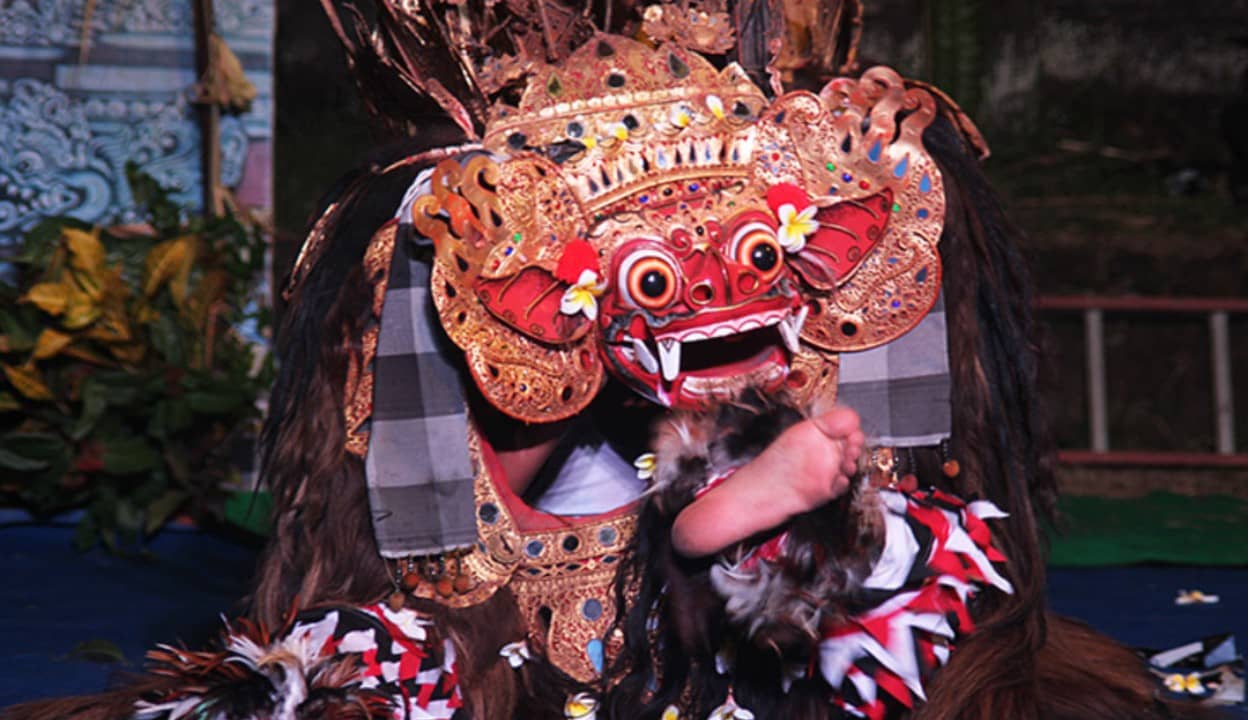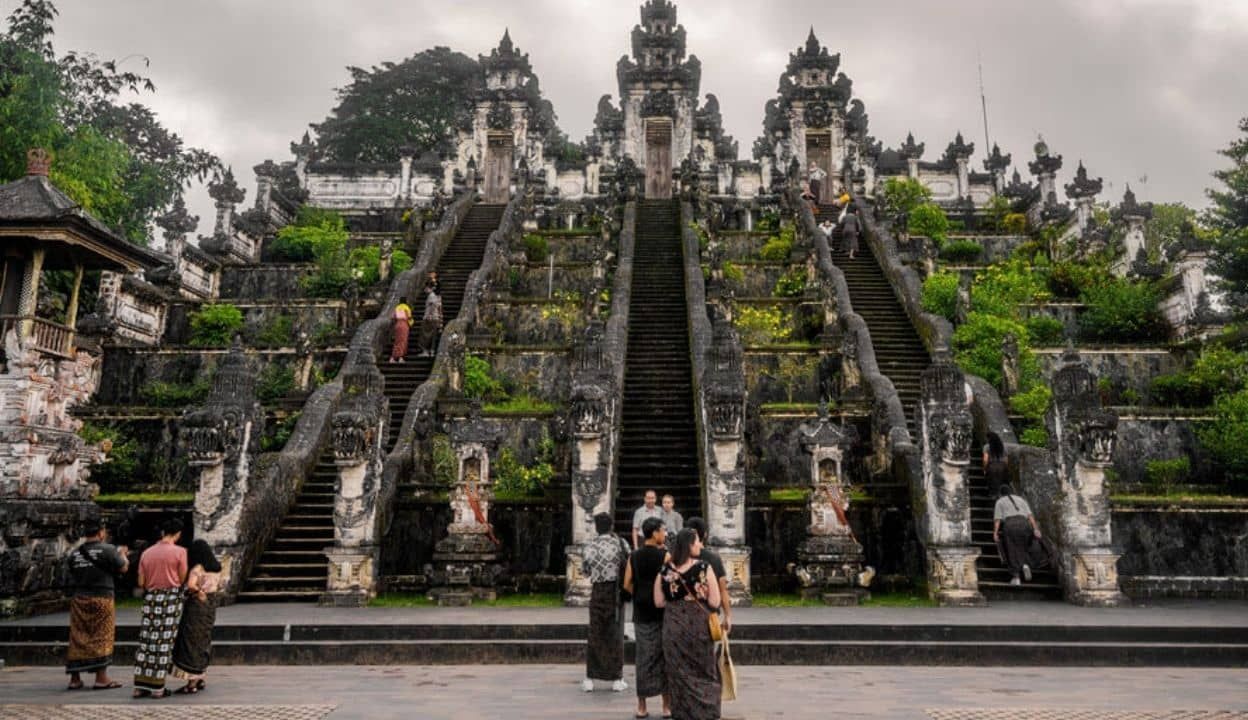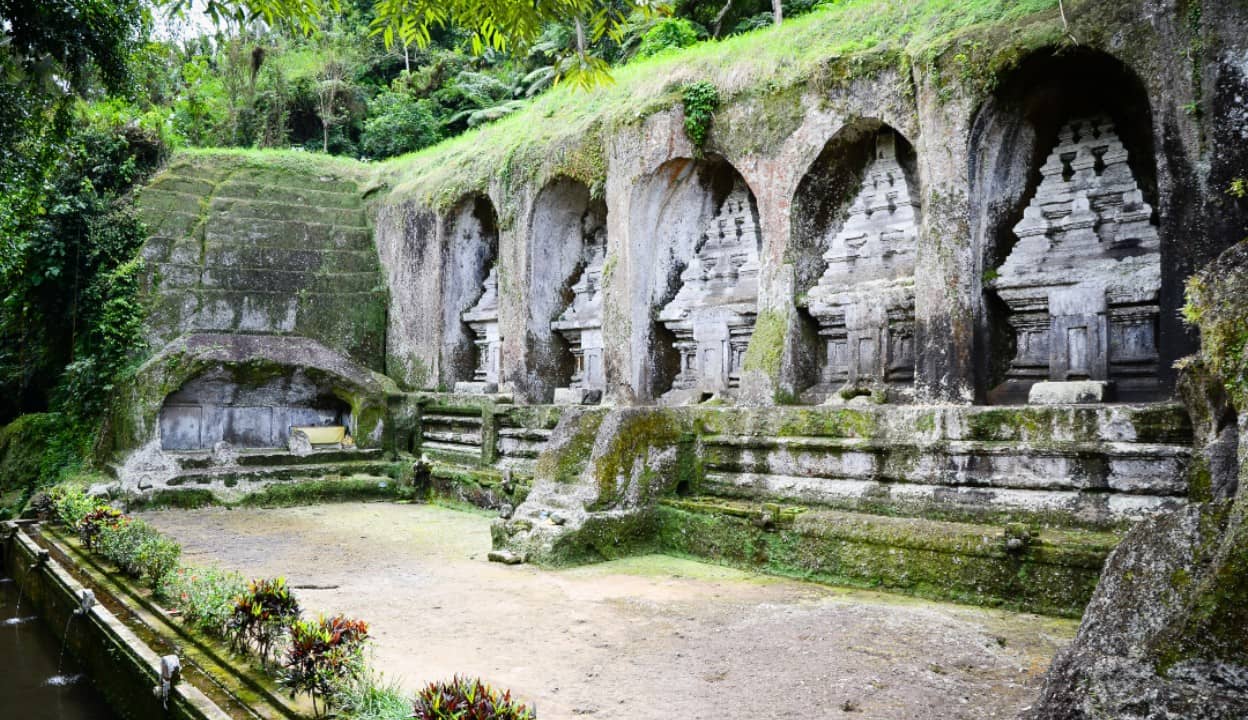Experience the Enchantment of Kecak Dance: Bali’s Captivating Cultural Performance
Info
Kecak dance, also known as the "Ramayana Monkey Chant," is a traditional Balinese performance that depicts the epic story of the Ramayana through captivating storytelling and rhythmic vocal chanting. Performed by a large male ensemble, the dancers, adorned in elaborate costumes, bring the tale to life with dynamic movements and expressive gestures. This mesmerizing cultural experience often takes place at sunset, creating a magical atmosphere that immerses audiences in Bali's rich heritage.
Description
Kecak dance, also known as the "Ramayana Monkey Chant," is a mesmerizing traditional Balinese performance that captivates audiences with its unique blend of storytelling, music, and dramatic expression. Originating in the 1930s, Kecak dance has become one of Bali's most iconic cultural experiences, celebrated for its vibrant depiction of the ancient Hindu epic, the Ramayana.
A Rich Cultural Heritage
The Kecak dance tells the story of the Ramayana, focusing on the abduction of Sita by the demon king Ravana and the subsequent battle between Rama and Ravana to rescue her. The performance is characterized by its distinctive vocal chanting, performed by a large male ensemble, who create a rhythmic backdrop with the repetitive chant of "cak" while moving in a circular formation. This chant replaces traditional musical instruments, making Kecak a unique form of vocal expression that draws the audience into the story.
Dramatic Storytelling
The performance typically takes place at sunset, with the breathtaking backdrop of Bali’s natural beauty enhancing the experience. Dancers, dressed in elaborate traditional costumes, embody the characters of the Ramayana, bringing the epic tale to life with graceful movements and expressive gestures. The dynamic choreography is complemented by dramatic lighting and the fiery glow of torches, creating a captivating atmosphere that immerses the audience in the narrative.
Engagement with the Audience
One of the most enchanting aspects of Kecak dance is its interactive nature. The performers often engage directly with the audience, drawing them into the story and making them feel a part of the unfolding drama. This connection enhances the emotional impact of the performance and allows spectators to experience the cultural significance of the tale on a deeper level.
Cultural Significance and Preservation
Kecak dance is not only a form of entertainment but also a vital part of Balinese culture and identity. It reflects the island’s rich Hindu heritage and serves as a means of preserving traditional storytelling and artistic expression. Various communities across Bali have adopted and adapted the Kecak dance, each adding their unique touches, ensuring its continued relevance and vitality in modern times.
Plan Your Experience
Attending a Kecak dance performance is a must for anyone visiting Bali. While several venues host performances, the most popular location is Uluwatu Temple, where the dance is performed against the backdrop of the ocean and stunning cliffs at sunset. Arriving early to secure a good viewing spot is advisable, as performances can attract large crowds.
In summary, the Kecak dance is a captivating cultural experience that beautifully showcases the artistry and heritage of Bali. Whether you are drawn in by the rhythmic chants, the dramatic storytelling, or the vibrant costumes, witnessing a Kecak dance performance is an unforgettable journey into the heart of Balinese culture.








